Inside Microsoft's Surface RT Tablet
by Anand Lal Shimpi on October 16, 2012 11:00 AM ESTAlong with the first pricing and availability details, Microsoft gave us some additional insight into Surface in a tour of the design and engineering facility where the project was first hatched.
Microsoft wasn’t specific about when work began on Surface other than to say that the company was thinking about what it needed to do to bring Windows 8 to market around the time Windows 7 was completed in the summer of 2009. The decision was made early on to bring a first party device to market that would be an extension of Windows 8. It was from that concept that Surface first emerged.
The design group that eventually created Surface started with the most simple of inspirations: a Moleskine notebook. Although Surface and its Type/Touch Covers make ample use of magnets (both for the kickstand and connecting the covers to the tablet), you’ll notice that there are no magnets holding the non-hinged side of the cover in place. According to Microsoft, it wanted to deliver a true book-like feel and the added resistance of having to overpower a magnet to open the cover of your tablet ruined that goal.
In the creation of Surface Microsoft was laser focused on eliminating so called scary interactions. Every physical interaction with Surface needed to be confident and consistent. From the kickstand to the interface between the covers and the tablet, Microsoft wanted everything to feel very solid. What Microsoft hoped would set Surface apart is its ability to quickly and confidently transform between multiple operating modes (tablet, notebook, standing display, covered display). In pursuit of that goal it put tremendous focus on build quality and materials choices. We’ve seen a resurgence in focus on build quality in recent years, but that’s typically simply to improve device feel - with Surface, having excellent build quality was needed to enable functionality. Users wouldn’t be likely to switch between various usage modes with the Touch Cover if doing so felt like you were going to break the device.
Microsoft’s efforts to guarantee a solid and consistent physical experience with Surface started on the manufacturing side but extended all the way through long term testing. The kick stand should always operate with the same feel and noise for the life of the device, the same is true for the covers.
Microsoft claims it invested heavily in the VaporMg (vapor-mag) injection moulded magnesium process that it uses to create Surface’s chassis. The end result is a unique combination of strength, weight and surface feel. Despite the relatively common sounding name, Surface doesn’t feel like any other portable device as a result of Microsoft’ VaporMg.
Design Evolution
10.6-inch Surface RT final (left) vs. 10.1-inch Surface RT concept (right)
When Surface launched, we commented on the relatively unusual 10.6-inch diagonal display size. Microsoft told us that it originally targeted 10.1-inches for Surface however it resulted in a considerably more cramped multitasking experience, as well as the impact on the Touch Cover keyboard side drove the need for a larger display. Microsoft also considered going with an 11-inch display but eventually settled on 10.6-inches as the perfect balance of productivity and portability.
Microsoft iterated through hundreds of designs, making heavy use of in house polyjet 3D printers to rapidly prototype concepts. Features like determining the position of the sole USB port on Surface benefitted from the 3D printers. Microsoft is particularly proud of Surface’s USB port and is quick to point out that it’s a custom port, color matched to the rest of the chassis and with the same angle as the rest of the chamfer.
Just as important as the Surface tablet itself was the creation of the Touch and Type Cover designs. Microsoft was similarly focused on prototyping and arriving at the perfect cover. Unlike at the Surface launch event, Microsoft did allow us to type on the Touch Cover although I’ll refrain from coming to any conclusions about the keyboards after only a few minutes of use.
Beneath the Surface
Microsoft gave us a look into a teardown of the Surface tablet. Very focused on WiFi reception Microsoft included two antennas connected to a Marvell 2x2:2 WiFi solution (88W8797?). The antennas are routed to the left and right of the front facing camera and are behind RF windows on both sides of the tablet to ensure RF passes through as unimpeded as possible.
The Tegra 3 SoC appears to be paired up with two off-package DRAM devices. I couldn’t get a good look at the rest of the components in the design although I did see a few Atmel chips (touch controllers perhaps?).
Surface’s ClearType HD Display
Although Surface RT only ships with a 1366 x 768 panel, Microsoft was quick to point out that there’s more to display quality than pure resolution. Surface’s 10.6-inch panel features an optically bonded LCD and cover glass stack, similar to what we’ve seen in most modern, high-end smartphones. Optical bonding is expensive to do and not as common in large tablet panels, but Microsoft believes it can do so at reasonable yields on Surface.
The optically bonded cover glass + LCD stack reduces internal reflections, thus reducing glare and increasing light transmission.
One clever trick is that Microsoft, through various coatings, index matches between the touch sensor’s ITO (Indium Tin Oxide) array and the cover glass, once again in pursuit of fewer reflections.
Microsoft claims it’s also very focused on delivering a well calibrated panel with Surface, although we’ll have to wait and put those claims to the test ourselves.
Final Words
Most of what we’ve heard about how Surface isn’t unusual, after all it’s what you’d expect from a great device company. That in itself is the big takeaway however -Microsoft has transformed itself into a focused device maker and not just a software company.
Surface RT will be available on October 26th starting at $499 for the 32GB model with Office 2013 Home & Student edition. Once devices are available we’ll be sure to follow up with a full review.


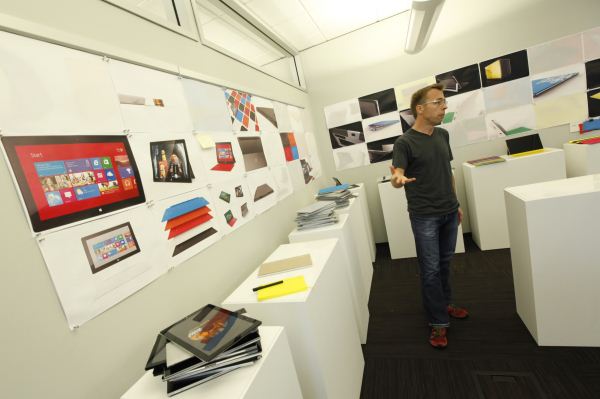

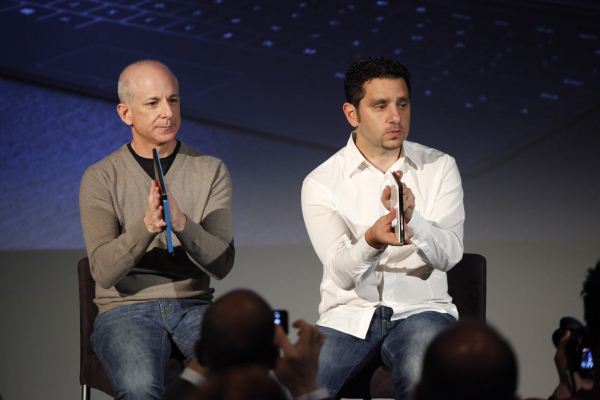
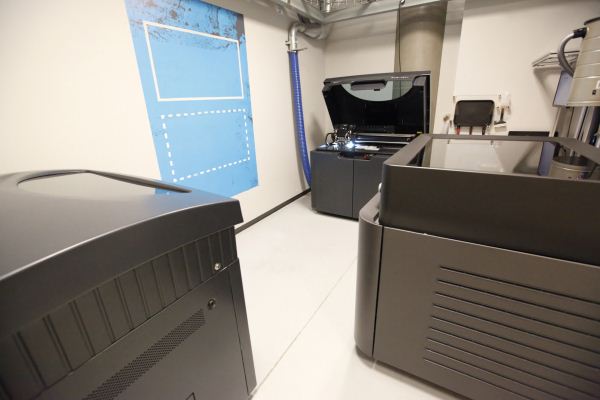
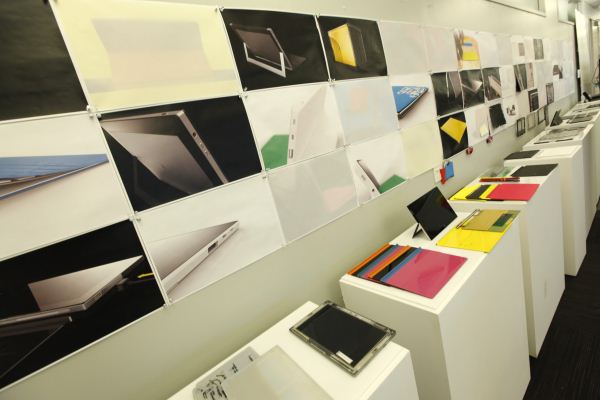
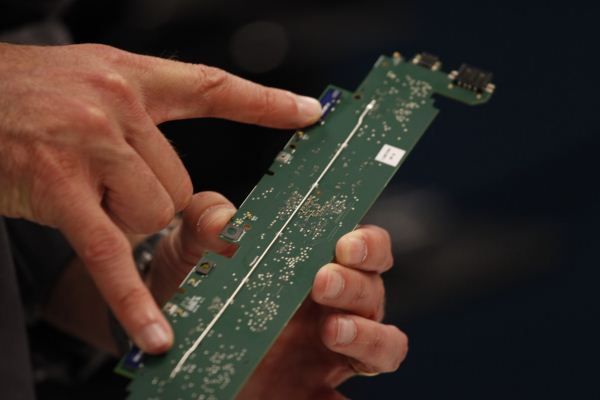






















73 Comments
View All Comments
craig0ry - Tuesday, October 16, 2012 - link
This pricing strategy is a huge mistake. I was under the impression the idea here was to market a high-quality device sold at a loss in order to establish a market presence for Windows 8's app store.The device is certainly of high quality, but the app ecosystem has Office and... that's it. Office is certainly a big plus - it is the selling point for me - but I don't think they're going to fly off the shelves.
At $100 cheaper, there is no question of the value proposition here. At this specific price point, I'm inclined to think twice before purchasing - not what you need consumers to be doing as you try to claw your way up in an established market.
Color me disappointed - I wanted to buy one at launch day. I'll still pick up the 32gb base model, but this announcement took a lot of the momentum away for me.
Metaluna - Tuesday, October 16, 2012 - link
The idea of selling Surface at a loss is basically a non-starter for Microsoft. That might work for a completely proprietary product like the Xbox 360, but not for something that is meant to kickstart a broader Win8 tablet market. They would be cutting their own OEMs off at the knees, and possibly get themselves into anti-trust trouble again to boot.ssiu - Tuesday, October 16, 2012 - link
I'd really like to see some performance comparison, e.g.-- compare Surface RT with Android tablet (preferably using same CPU/GPU) -- does Windows RT suck up more or less system resources than Android (or iOS)?
-- compare Windows RT with Windows 8 Atom tablets -- is Atom a bit faster than ARM CPU? is Windows 8 more bloated than Windows RT? what is the combined effect, do the same Mertr apps run at about the same speed? (I find early single-core Atom netbooks very very slow -- do Windows 8 on dual-core Atom really give acceptable performance?)
run some popular cross-platform apps and games on
-- iPad 2
-- new iPad
-- popular Android tablets
-- Windows RT tablet
-- Windows 8 Atom tablet
-- Widnows 8 Core i3/i5/i7 tablets
to compare performance etc. Hope to read about the results soon.
powerarmour - Tuesday, October 16, 2012 - link
Is it called surface, because when you finally throw it into the local pond in sheer frustration of using Metro, it floats to the top?HardwareDufus - Tuesday, October 16, 2012 - link
I would love that folddown keyboard/screen cover option on a Windows Phone...Just put a clever hole somewhere so that your voice goes to the microhone and the sound travels to your ear...then you could answer it without flipping the cover...
Make the keyboard bluetooth... if you dont' want to use it... remove it and put it away....
You could
1. Protect Your Phone Screen
2. Gives you a keyboard without typing on the glass...
drwho9437 - Wednesday, October 17, 2012 - link
I thought one of the major points of Tegra 3 was the integrated touch controllers that removed the need for external touch controllers... So I would have to guess the Atmel would be something else?Mugur - Wednesday, October 17, 2012 - link
Just put into account that it has Windows and Office on it (I know, I know, it's RT, Office it's preview with free upgrade etc etc). The licensing cost for an OEM notebook to have pre-instaled Windows 8 + Office 2013? I bet it's 100$ or more over the "freeDos" one...Other that that... appeal for corporate? Can it join a domain? Can you manage it through policies, etc...?
TormDK - Wednesday, October 17, 2012 - link
No, you cannot join a domain with Windows 8 RT. It's a consumer product.From this site (UK MSSTORE) : http://www.microsoftstore.com/store/msuk/en_GB/pdp...
"Some features aren't included in Windows RT:
Windows Media Player
Windows Media Center
HomeGroup creation (you can join an existing HomeGroup but you can't create a new one)
Domain join
"
Mugur - Wednesday, October 17, 2012 - link
I know... :-). That's why I put those rhetoric questions, as an answer to someone that said that this product will appeal to enterprise, etc.musicus - Wednesday, October 17, 2012 - link
Did anyone notice this:"Office Home & Student 2013 RT Preview and the final edition are not
for use in commercial, nonprofit, or revenue-generating activities."
So where can it compete with the iPad?
Ok, let's wait for the surface pro. Bet there is a fan blowing hot air in our faces? Vapour ware at its best... :)